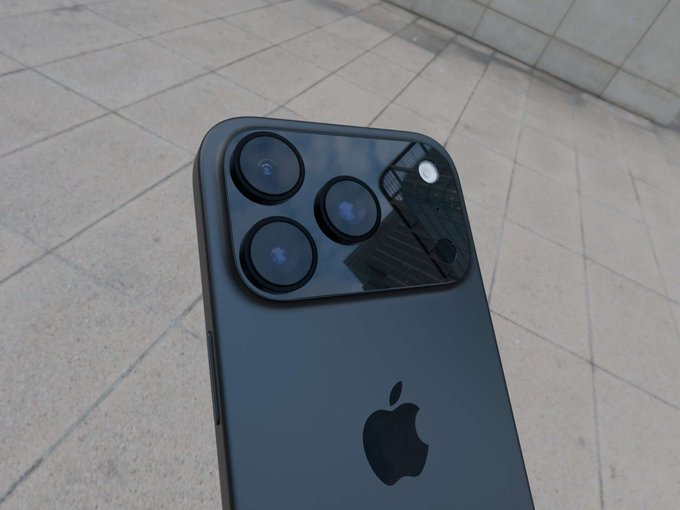iPhone Prices : In a dramatic move shaking up global tech markets, U.S. President Donald Trump announced sweeping new tariffs on imports from multiple countries—most notably, a 54% tariff on goods imported from China, where the majority of Apple’s iPhones are manufactured. According to analysts at Rosenblatt Securities, if Apple passes those costs onto consumers, iPhone prices in the U.S. could jump by as much as 43%.
That means the iPhone 16 Pro Max with 1TB storage, which currently retails for $1,599, could skyrocket to nearly $2,300. Even entry-level models like the iPhone 16e might jump from $599 to around $856.
Table of Contents
iPhone Prices Could Soar to $2,300 in the U.S. Due to New Tariffs, Analyst Warns
Tariffs Shake Up Apple’s Supply Chain and Pricing Strategy

The sudden imposition of tariffs—set to begin April 9—leaves Apple with a tough choice: absorb billions in extra costs or pass them onto customers. Historically, Apple has secured exemptions during previous tariff rounds, but this time, no such relief has been granted.
Rosenblatt Securities’ Barton Crockett put it bluntly:
“This whole China tariff thing is playing out contrary to our expectations. Apple’s treatment this time isn’t as kid-gloved as before.”

With Apple shares falling 9.3%, their worst drop since March 2020, the market is clearly anxious.
Potential iPhone Price Increases (If Apple Passes on Full 43%)
| iPhone Model | Current Price | Projected Price (+43%) |
|---|---|---|
| iPhone 16e | $599 | ~$856 |
| iPhone 16 (Base) | $799 | ~$1,142 |
| iPhone 16 Pro (256GB) | $999 | ~$1,429 |
| iPhone 16 Pro Max (1TB) | $1,599 | ~$2,287 |
To fully offset the impact, Apple would reportedly need to raise prices by at least 30% on average, according to Counterpoint Research. But doing so could alienate price-sensitive customers and further hurt sales—especially as demand for newer iPhones has already been cooling.
Will Apple Really Raise Prices?

So far, Apple has not publicly commented on its pricing strategy in light of the tariffs. Analysts suggest two likely scenarios:
- Hold prices steady for iPhone 16 and absorb the cost temporarily.
- Introduce higher pricing with the iPhone 17 launch later this year to ease the transition.
According to Angelo Zino of CFRA Research,
“We expect Apple to hold off on any major increases until this fall with the iPhone 17 launch.”
Could This Be Samsung’s Big Break?

With most iPhones assembled in China (and now subject to the 54% tariff), rivals like Samsung, which manufacture in South Korea and other lower-tariff nations, may gain a price advantage. That could lead to a shift in market dynamics, especially among U.S. consumers already hesitant about upgrading.
Additionally, countries like Vietnam (46% tariff) and India (26%)—where Apple has started moving some of its manufacturing—haven’t escaped unscathed either, reducing the short-term benefits of production diversification.
A $2,300 iPhone? It’s Not Impossible

While it’s still unclear how Apple will respond, the numbers don’t lie. A 43% jump in iPhone prices could be the reality if tariffs are enforced and passed directly to consumers. Whether Apple absorbs the blow or shares the burden with customers, one thing’s for sure: the era of affordable iPhones in the U.S. may soon be over.
As this story develops, stay tuned for updates on how Apple—and its competitors—respond to this game-changing shift in global trade.
Buy iPhones from Amazon India: https://amzn.to/3FXQrPS
FAQs
Why are iPhone prices going up?
Due to new U.S. tariffs on Chinese imports, Apple may face higher costs for devices assembled in China.
How much could iPhones increase in price?
Up to 43%, according to analysts—meaning high-end models could cost nearly $2,300.
Read more: Realme C75 & C73 India Launch: Price, Specs, Colors & Availability Leaked








